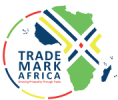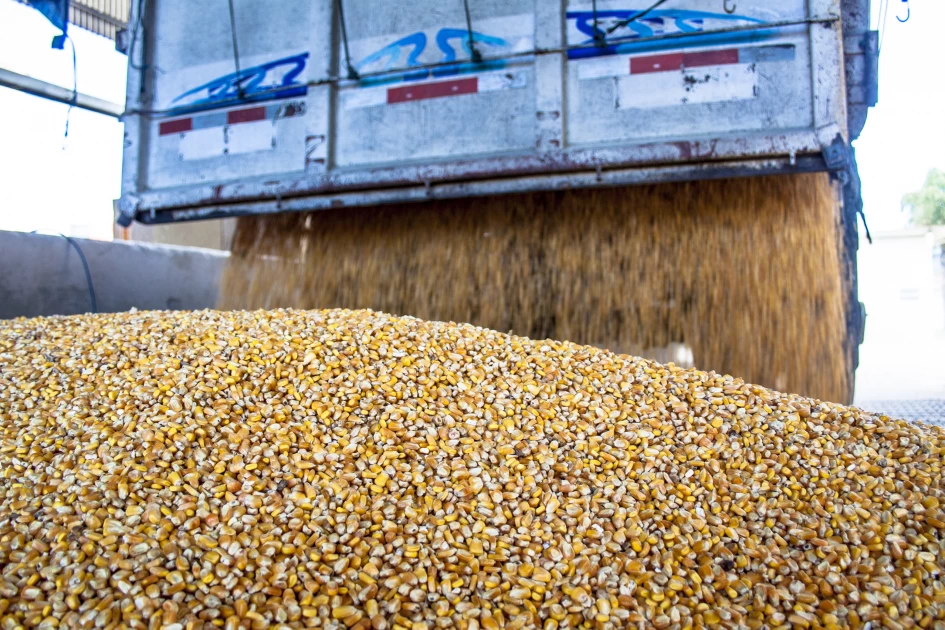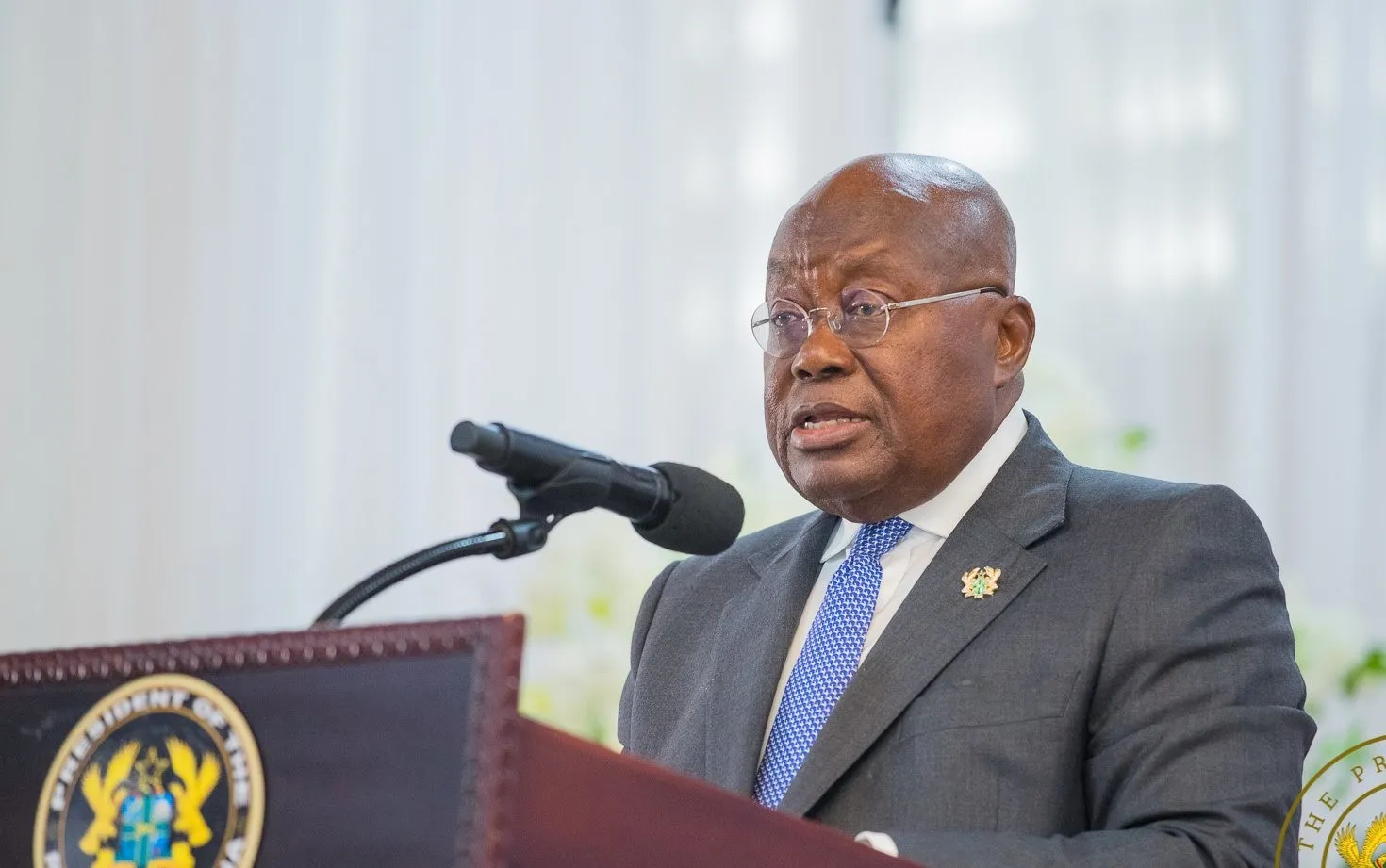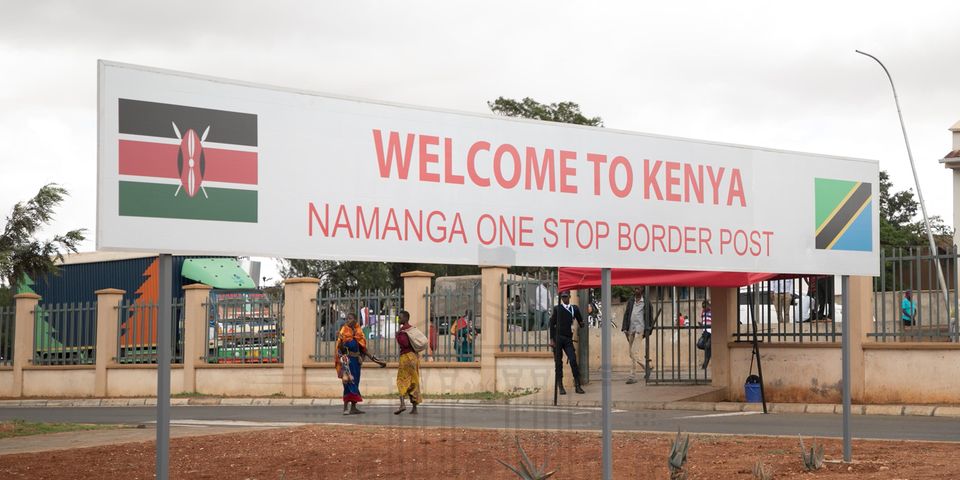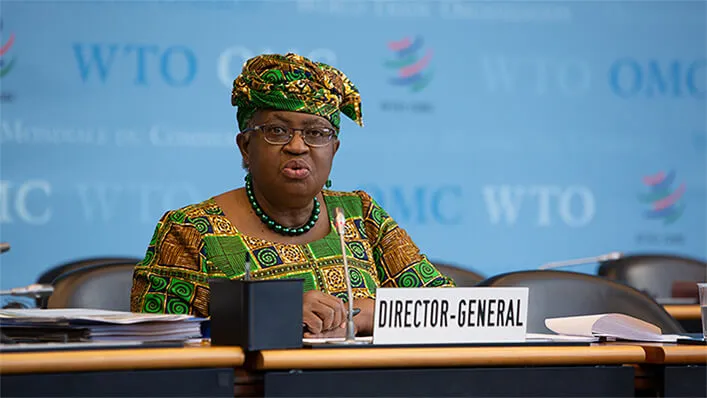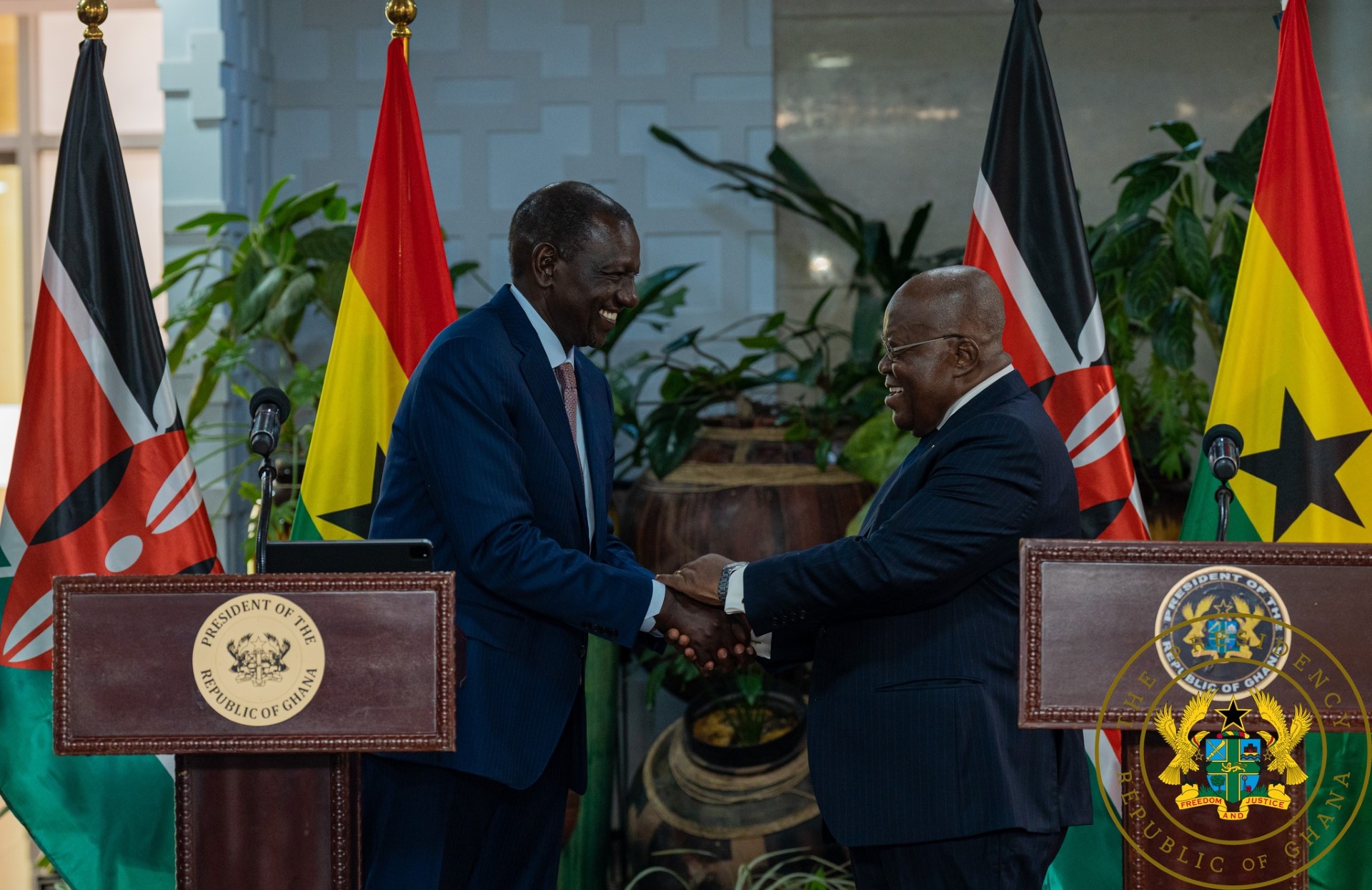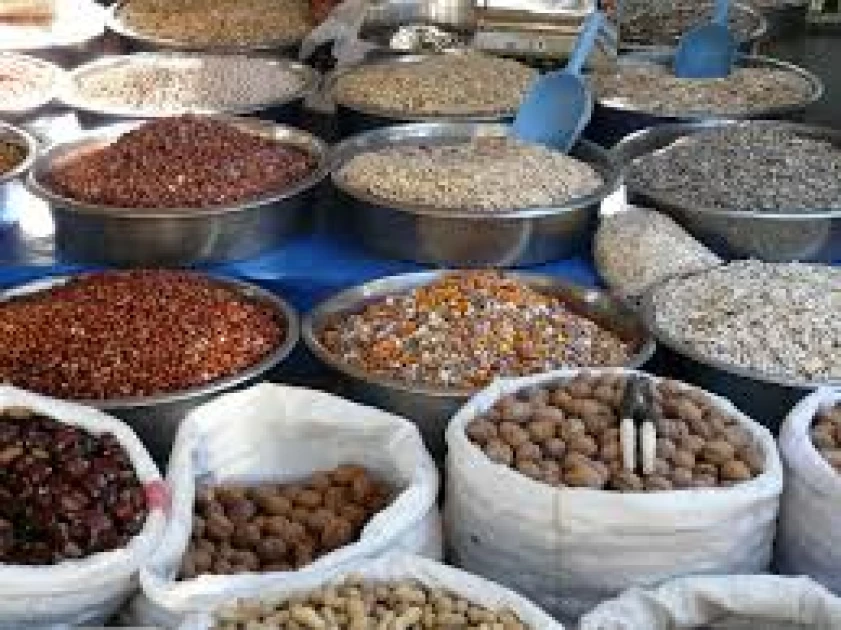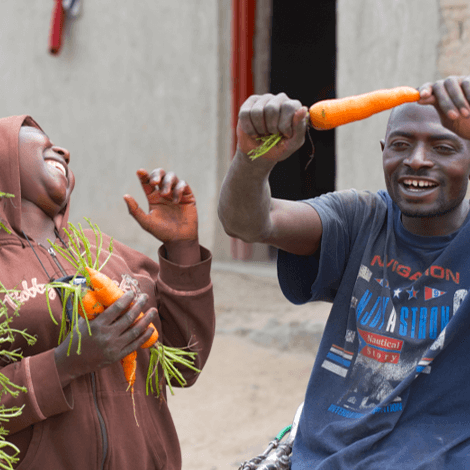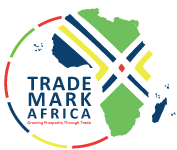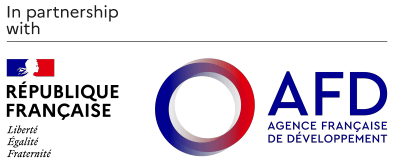Thursday 11 April - From today, the UK has temporarily removed export tariffs for cut flowers, with the aim of making trade with the UK easier and cheaper for growers in East Africa and beyond. Unlimited quantities of flowers can now be exported to the UK at 0% tariff, even if they transit via a third country. This is particularly important for East African flower growers who transport their blooms via third-countries or auction houses before they arrive in the UK. The move aims to increase trade and further strengthen the economic relationship between the UK and the region. UK consumers could win big too – on price, seasonality and variety. The suspension of 8% duty for cut flowers applies across the world but will be a big win for major flower growing regions in Kenya, Ethiopia, Rwanda, Tanzania, and Uganda. The duty suspension will remain in place for two years from 11 April 2024 to 30 June 2026. His Majesty’s Trade Commissioner for Africa, John Humphrey said: The UK’s relationship with East Africa is rooted in mutually beneficial trade. This additional flower power will allow trade to bloom. We go far when we go together… or in this case, we grow far when we grow together, further reinforcing the UK’s commitment to the expansion of trade in East Africa. In 2022, Kenya was ranked as the fourth biggest exporter of cut-flowers in the world, with 6% of global cut-flower exports. Ethiopia is the second largest cut flower producer in...
Business is blooming in East Africa – UK suspends tariff for flower exports
Posted on: April 11, 2024
Posted on: April 11, 2024
